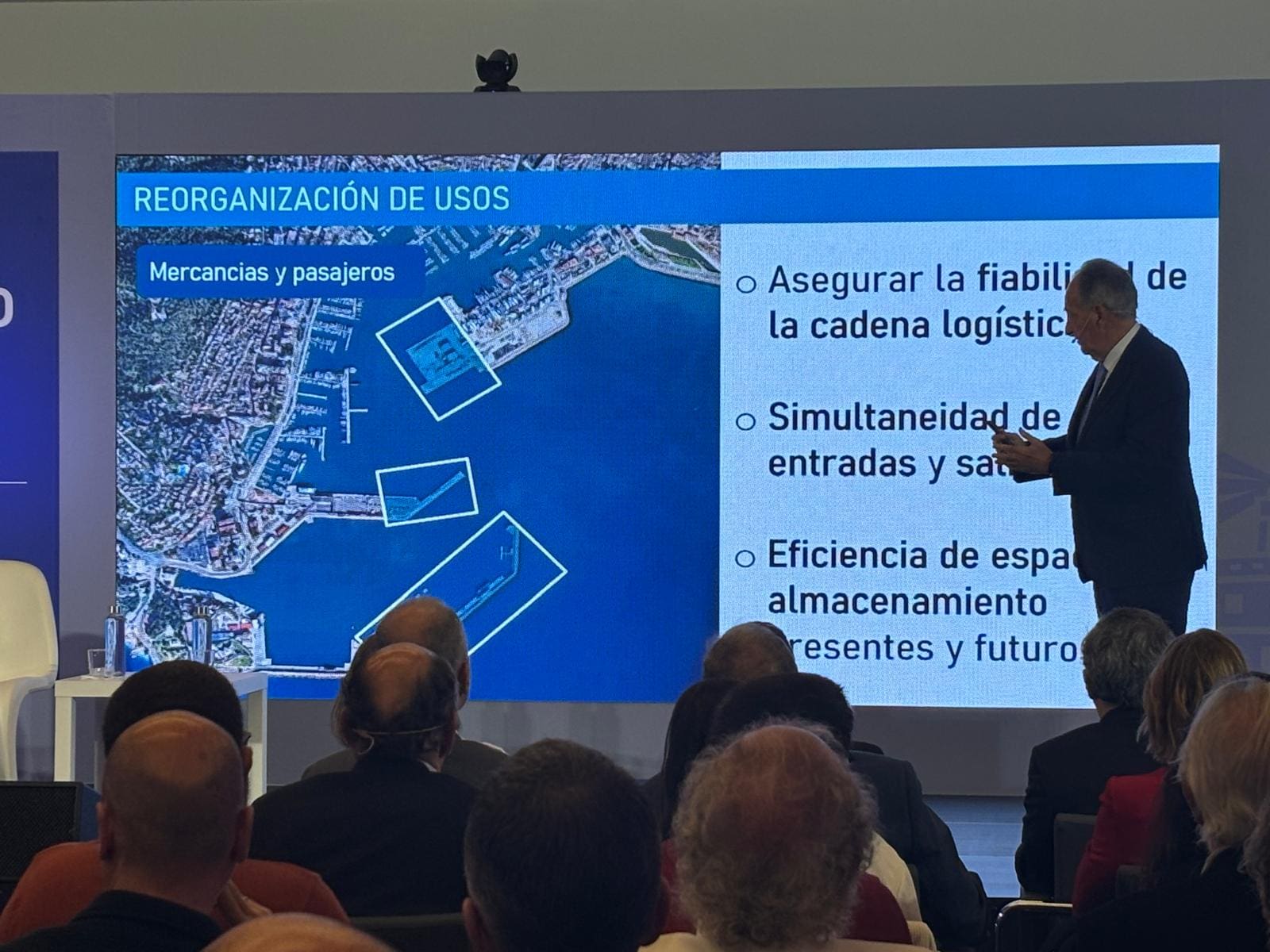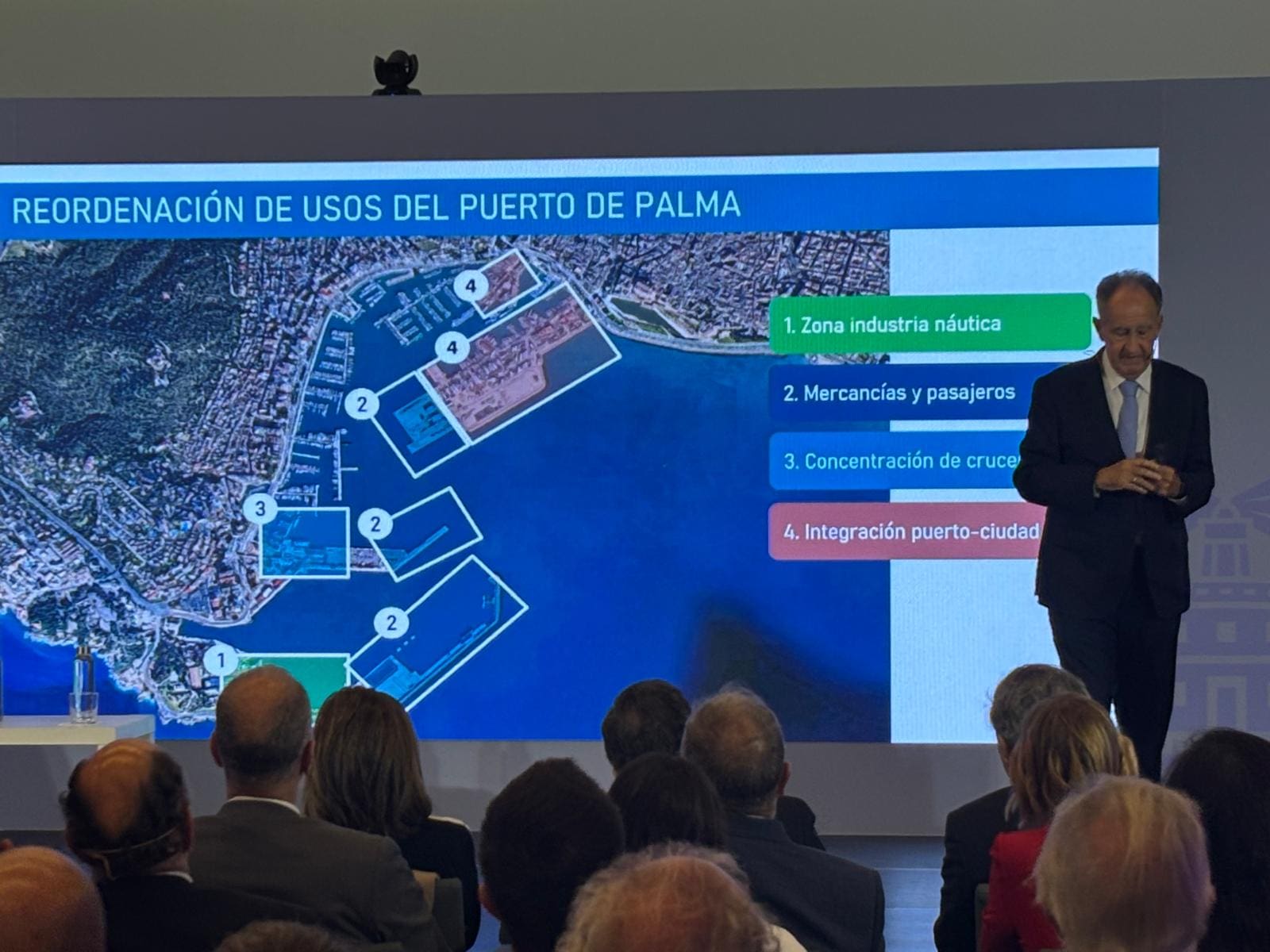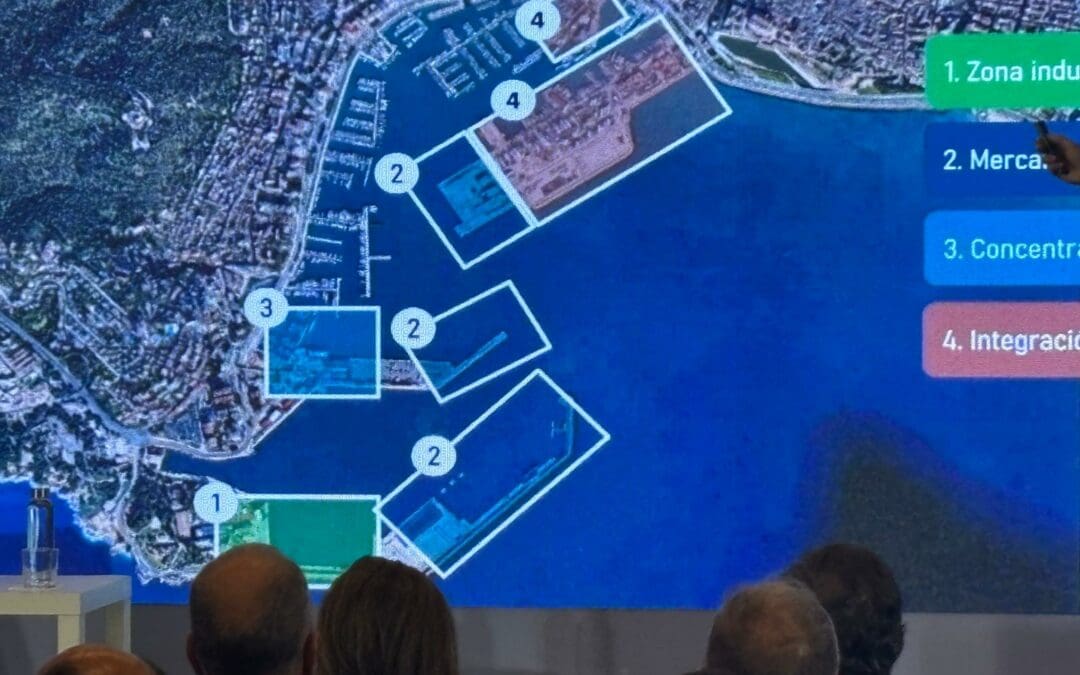A Future of Nautical Excellence and Sustainable Development
Palma de Mallorca is undergoing a major urban transformation with the complete redevelopment of its waterfront. The New Paseo Marítimo of Palma, which began in 2023 and is expected to be completed by mid-2026, is not just about reconnecting the city with the sea — it is also about reinforcing the port’s role as a hub for the yachting, tourism, and cultural industries.
This ambitious plan, led by the Port Authority of the Balearic Islands (APB), goes far beyond an urban facelift. It is a comprehensive strategy to position Palma as one of the most advanced and sustainable ports in Europe, upgrading its infrastructure to meet the evolving needs of the maritime and tourism sectors.
What Does This Transformation Involve?
The redevelopment is structured around four key pillars:
-
Maintaining Simultaneous Port Operations: Commercial docks, Poniente-Paraires docks, and the Western Breakwater will continue to operate, avoiding congestion and ensuring efficient logistics for cargo and passengers.
-
Concentration of Cruise Operations at Poniente-Paraires Dock: Centralizing cruise activity will optimize the flow of tourists and improve ship management.
-
Relocation of Industrial Activities to the Western Breakwater: Ship maintenance and repair operations will gradually move to the Western Breakwater, freeing up central port areas for public use.
-
Port-City Integration: Spaces being freed up — especially in front of the Cathedral and at the Contramuelle-Mollet — will be dedicated to cultural, educational, and recreational initiatives, strengthening the bond between the city and its port.




Project Phases
The execution of this major project is divided into four phases, designed to minimize disruption to port activities and everyday city life:
-
Phase 1: Development of the Ribera de San Carlos
Shipyards and repair companies (such as Astilleros de Mallorca and STP) will relocate to the Western Breakwater, freeing up space along the Passeig Sagrera. -
Phase 2: Construction of the Maritime Museum and New Fishermen’s Market
These new cultural and traditional spaces will enrich Palma’s offerings while preserving its maritime heritage. -
Phase 3: Expansion of the Western Breakwater
The breakwater will be expanded to house operations currently based at the commercial docks and shipyard, freeing up more than 100,000 square meters for public use. -
Phase 4: Transformation of the Commercial Docks
The former commercial docks will be converted into green spaces, leisure areas, and new pathways for direct sea access for both residents and visitors.
All phases are scheduled to be progressively completed by 2026, with strategic overlaps to accelerate the project timeline.
The new Paseo Marítimo of Palma reimagines the city’s coastal front, introducing over 81,000 square meters of green areas and nearly 2 kilometers of dedicated bike lanes. The roadway will be reduced to a single lane in each direction to prioritize pedestrians, creating a vibrant, accessible boulevard along the sea, complete with shaded spaces, seating areas, and new dining options. It’s a strong commitment to sustainable mobility and enhanced urban life.
At Lantimar, we celebrate this historic milestone. With our extensive experience in superyacht management and maritime services, we fully recognize the value of having modern, sustainable infrastructure that meets the industry’s demands.
The New Port of Palma will not only drive local economic growth and strengthen the nautical sector, but also position the city as a global leader in innovation, sustainability, and maritime excellence.
Moreover, it will bolster Palma’s bid to become the European Capital of Culture in 2031, raising its international profile even further.
